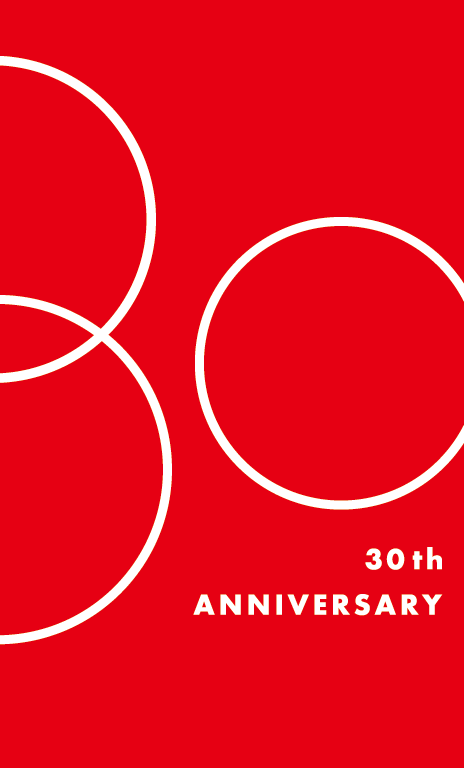| 作家名 |
葛飾 北斎
かつしか ほくさい
KATSUSHIKA Hokusai
[1760-1849]
|
|---|---|
| 作品名 |
百人一首 うばがえ説 藤原道信朝臣
ひゃくにんいっしゅ うばがえとき ふじわらみちのぶあそん
Fujiwara no Michinobu Ason, from the series The Hundred Poems Explained by a Nurse
|
| 技法/材質 |
横大判錦絵
|
| 寸法 |
26.0×36.3cm
|
| 制作年 |
天保6年(1835)頃
|
| 受入年度/種別 |
平成03年度/購入
|
| 分類 |
浮世絵版画/近世版画
|
| 所蔵品番号 |
2903022
|
藤原道信朝臣の和歌「明ぬればくるる物とは知りながら 猶うらめしきあさぼらけかな」は、夜が明けて、またすぐ夜が来てあなたに会えるとは知ってはいても、なお恨めしい夜明けであるという、男が女との後朝の別れを惜しむ気持ちを詠んだ歌である。急ぎの駕篭が降りる坂を、日本堤から吉原の大門へと続く衣紋坂と解釈されることがあるが、入口に描かれるべき目印の“見返り柳”が見当たらない。吉原へ行くには、3つの道があり、第1は柳橋あたりで舟に乗り、隅田川をあがって山谷堀で降り、そこから日本堤を行くという裕福でゆとりのある遊客の行き方。第2には浅草寺の裏の方から馬道を通って日本堤へ出る方法。しかし本図で北斎が描いたのは、遠景の広い田圃風景やあぜ道を行く様子から、第3の吉原近くの田圃を突き切るという、最も合理的な吉原通いの道ではないかと思われる。駕篭かきは一様に皆走り、赤い提灯が暗示するように、暗い道を急ぐ様子であるが、働き盛りの番頭など、商家の男は店を閉めて帳簿を終えてから、吉原の引けの時間に間に合うよう、急いで駕篭で馴染みの遊女の元に通い、翌朝は再び開店の前に戻ったという。せわしない客であっても、このような“お店者(おたなもの)”は、吉原の遊女にとっては誠実なよい客であった。歌の意味からすると夜明け近くで、収穫物を天秤棒に提げて行商に出かけようという男たちも描かれる。
The waka poem by Fujiwara no Michinobu Ason, “Akenureba kururu mono to wa shirinagara, Nao urameshiki asaborake kana” (As day breaks and even though I know that night will fall again, still I feel so bitter about the light of dawn) is a poem composed on the sad feelings of parting between a man and woman on the morning after liaisons describing how, even when day breaks and he knows that night will come and they will meet again, he still dislikes the coming of dawn. The slope which the palanquin hurries down has been interpreted as Emonzaka which continues from Nihonzutsumi to the Great Gate of Yoshiwara, yet there is no sign of the “Mikaeri yanagi (Looking-back willow tree)” that should stand at the entrance. There were three ways to the Yoshiwara: the first was to take a boat from the Yanagibashi area, go up the Sumida river, alight at Sanyabori moat and go from there to Nihonzutsumi, the route for wealthy customers with the time and means. The second was to go around the back of Senso-ji Temple through Umamichi and come out onto Nihonzutsumi. However, the picture depicted here by Hokusai, from the wide scene in the distance of paddyfields and the footpaths crossing it, is likely to be the third route which cuts across the paddyfields near the Yoshiwara, the most economical way to get to the Yoshiwara. The palanquin bearers and all run alike, and as the red lantern suggests, they are hurrying along a dark road. It is said that head clerks and other males from merchant families in the prime of life would shut shop, finish the bookkeeping and then rush to the Yoshiwara to get there before closing time. They would be taken by palanquin to the courtesans they were acquainted with, and would return again the next morning before the hour for their shops to open. Despite being customers in a rush, for courtesans of the Yoshiwara these “Otana-mono” (tradesmen) were loyal and good customers. Taking the meaning from the poem, daybreak is near, men are also shown lifting their harvested produce on shouldering poles ready to set out to peddle.


